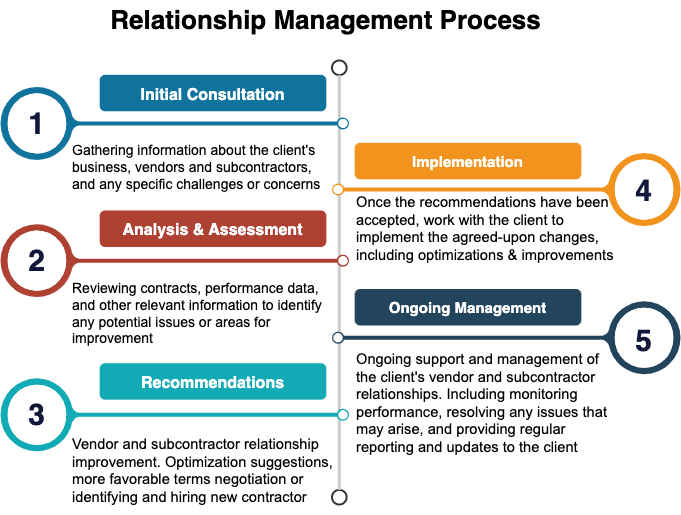Rational Unified Process (RUP)
The Rational Unified Process (RUP) is a software development methodology that is based on the principles of the Unified Process (UP). It is a comprehensive and customizable approach to software development, and provides a framework for organizing and coordinating the work of the development team.
RUP is an iterative and incremental approach to software development, which means that the software is developed in small, incremental steps, with each step building on the work of the previous step. This approach allows the development team to quickly deliver working software, and to gather feedback and input from stakeholders, which can then be used to refine and improve the design of the software.
RUP also emphasizes collaboration, communication, and customer-centricity in the development process. The development team works closely with the customer to understand their needs and expectations, and to ensure that the software meets their requirements. This collaboration helps to ensure that the software is delivered on time and on budget, and that it meets the customer's needs and expectations.
RUP is a flexible and customizable framework, which means that it can be adapted to the specific needs of the project. The development team can choose which aspects of the RUP framework to use, and can tailor the framework to the specific requirements of the project. This flexibility allows the development team to use the RUP framework in a way that is most effective for their specific project.
The core principles of RUP include:
The use of an iterative and incremental approach to software development
The use of a common set of artifacts and deliverables to guide the development process
The emphasis on collaboration, communication, and customer-centricity in the development process
The use of a flexible and customizable framework that can be adapted to the specific needs of the project
Overall, RUP is a valuable and effective approach to software development that can help teams to deliver high-quality software that meets the customer's needs and expectations. It is well-suited for projects that involve complex or evolving requirements, and that require collaboration and communication among the development team. However, it may not be suitable for all projects, and teams should carefully consider the pros and cons before deciding to use RUP.
When To Choose RUP
When you want to use a comprehensive and customizable approach to software development
When you want to use an iterative and incremental approach to software development
When you want to emphasize collaboration, communication, and customer-centricity in the development process
When you want to use a flexible and adaptable framework that can be tailored to the specific needs of the project
RUP pros and cons
Pros of RUP:
RUP provides a comprehensive and customizable approach to software development
RUP uses an iterative and incremental approach to software development
RUP emphasizes collaboration, communication, and customer-centricity in the development process
RUP provides a flexible and adaptable framework that can be tailored to the specific needs of the project
Cons of RUP:
RUP may require additional time and resources to implement
RUP may not be suitable for projects with a fixed deadline or budget
RUP may not be suitable for projects with a large number of complex features
RUP may not be suitable for projects with well-defined requirements that do not require significant changes
People Also Viewed










